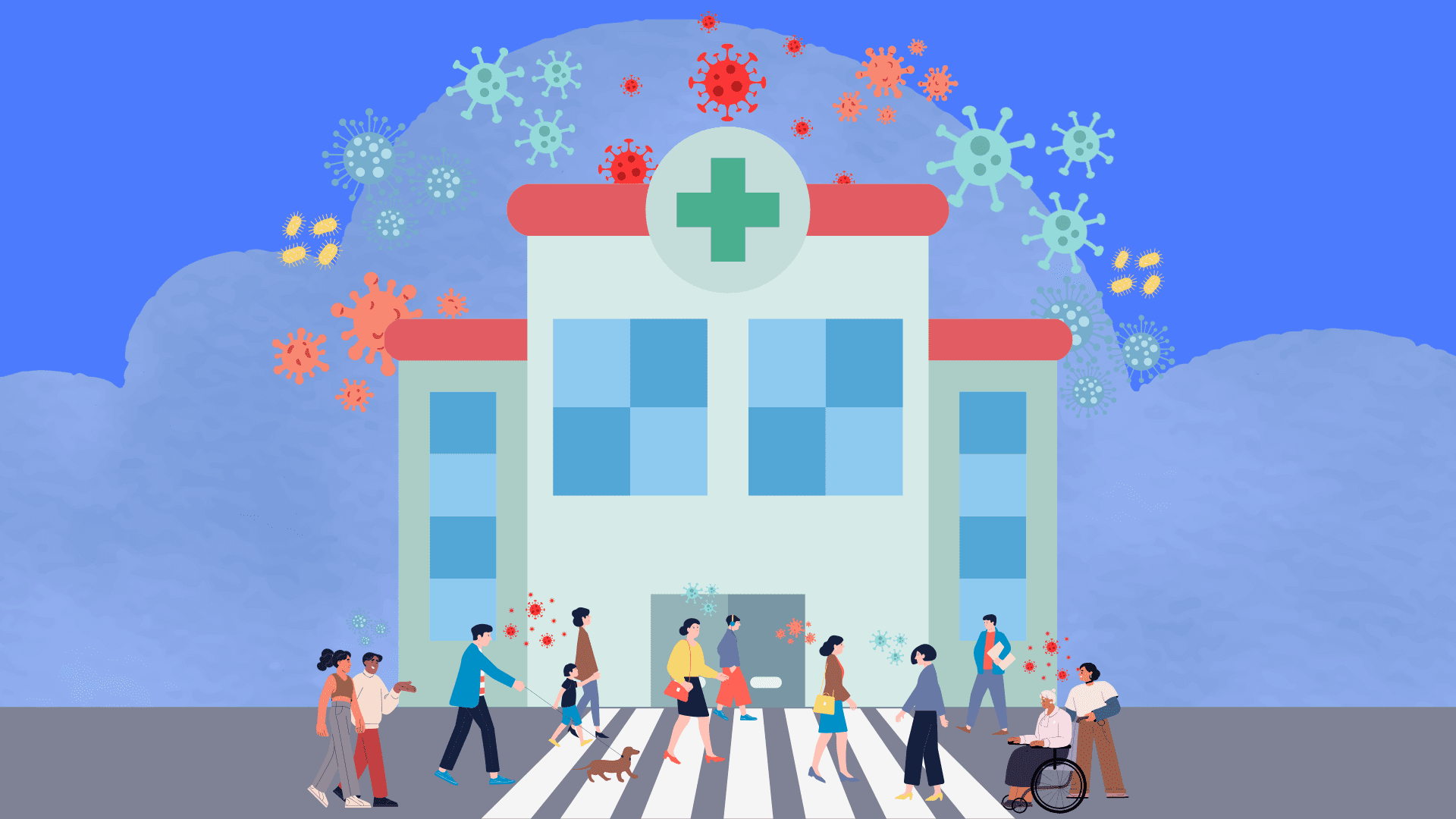13 Jul 2021 | Industry Insights
Are FM's slow to adopt new tech?

A number of recent surveys have revealed some contradictory findings to the FM industry’s approach to technology.
Property services specialist DMA Group found that more than two-thirds of facilities management professionals said they felt confident knowing where smart tech could save money, time and improve service delivery quality. Surprisingly, only over a quarter reported that their organisation is currently reaping the rewards of smart technology.
FM’s were asked about their knowledge and experience with ‘smart building’ systems as well as the extent to which systems are understood and used within their companies. 77% agreed that the FM industry is lagging behind when it comes to adopting smart technology.
The Connected Enterprise report by Sigma Dynamics revealed that 71% of C-suite executives and directors are sceptical about implementing new business technology which might provide a reason for the slow uptake mentioned previously. However, a fifth of those believe they will need to implement more technology simply to remain competitive.
A missed opportunity
The findings suggest that facility managers are understanding of smart tech and the benefits it has to offer although many of their companies are not taking advantage of the opportunity. Steve McGregor, DMA Group MD, said: “FM suppliers have a real opportunity to seize technology to drive transformational efficiency gains whilst also delivering great customer service.
“The challenges in the industry are as complex as they have ever been, and digital transformation can connect the dots between the vast quantities of data across the built environment. Leveraging the full value of that knowledge, digitalisation will provide customers with real-time performance management, from simple dashboards and key performance indicator reporting to the potentially more complex initiation of automated remedial responses.”
Twinview is a browser-based digital twin platform for the property sector connecting building systems’ data to a 3D model viewed on a single dashboard. Twinview becomes your first step to achieving Net Zero by providing continuous live data and an optimised building performance whilst reducing costs and improving the user experience. Book a demo today.
Related insights

Industry Insights
Can Digital Twins Help Us Design Buildings That Bring People Together?
Loneliness is increasingly recognised as a public health issue, and the built environment has a role to play in addressing it. A well-designed building can meet every technical standard yet still leave people feeling isolated. Homes, workplaces, campuses and later-living communities often fall short not because they lack function, but because they lack connection. Architects and planners are beginning to ask a deeper question: how can buildings help people feel less alone? This isn’t about surveillance. It’s about feedback, helping designers and operators refine buildings after handover to better support wellbeing and social interaction. Technology won’t solve loneliness on its own, but used responsibly, digital twins like Twinview can guide the creation of buildings that feel more human.
Read more

Preserving the Past Through the Future: How Digital Twins Are Transforming Heritage Conservation
Discover how digital twins are transforming heritage conservation. Historic buildings face growing threats from climate change, material decay and visitor impact, yet traditional maintenance methods are often reactive and unable to prevent long-term damage. This article explores how digital twins offer a new path to proactive preservation, giving conservation teams powerful insight without compromising historical integrity. Whether a building is centuries old or lacks detailed plans, Twinview enables conservation teams to start small and build meaningful insight step by step. With digital twins, we can shift from reactive repairs to predictive preservation, protecting authenticity while planning confidently for the future. Explore how technology can give history a digital life.
Read more

Industry Insights
Digital Twins for Infection Control in Hospitals: Supporting Safer Healthcare Environments
Infection prevention has always been central to safe healthcare, but COVID-19 exposed how vulnerable hospitals can be to outbreaks. Digital twins like Twinview offer hospitals real-time insight into how buildings are used, from patient flow and air quality to occupancy and cleaning. By creating a live 3D model of the facility, Twinview helps teams identify high-risk areas, optimise ventilation and target cleaning where it’s needed most. It supports smarter admissions, safer waiting areas and data-driven decisions that reduce infection risks. Rather than predicting every outbreak, Twinview highlights unsafe conditions early, empowering hospitals to act fast. Integrated with IoT sensors and building systems, it enhances compliance, safety and efficiency. As digital twin technology evolves, Twinview’s potential grows, supporting AI-driven analytics, clinical integration and sustainable, infection-resilient hospital design for the future.
Read more

